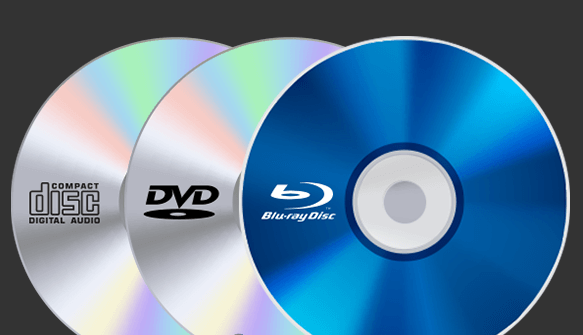Optical drives have been an integral part of personal computers for decades, but their role and importance have been rapidly declining in recent years. With the rise of cloud storage and the widespread availability of high-speed internet, physical media has become less essential for data storage and transfer. As a result, many modern laptops and desktops are now sold without built-in optical drives, while some enthusiasts argue that they are still necessary for certain tasks. In this article, I will explore the history and current state of optical drives, and offer my own opinion on their value and relevance in today’s computing landscape.
Optical drives first appeared in consumer computers in the mid-1980s, with the introduction of the CD-ROM format. CDs quickly became popular for software distribution, music playback, and data backup, replacing the floppy disks and magnetic tape that had been the standard for many years. Over time, new optical formats were introduced, including DVD, Blu-ray, and HD-DVD, each offering greater storage capacity and higher-quality video playback. Optical drives were also commonly used for burning CDs and DVDs, allowing users to create their own data backups or music compilations.

However, in the early 2000s, the emergence of high-speed internet and affordable cloud storage solutions began to erode the importance of optical media. With online services such as Dropbox, Google Drive, and Amazon Web Services, users can now store and access their files from anywhere in the world, without the need for physical media. Streaming services like Netflix, Hulu, and YouTube have also made it easier than ever to watch movies and TV shows without having to buy or rent physical discs.
As a result of these trends, many computer manufacturers have stopped including optical drives in their devices. Apple, for example, has not included a built-in CD/DVD drive in its MacBook Pro lineup since 2012, and Microsoft’s Surface devices have also been shipping without optical drives for several years. Even desktop computers, which historically have been more likely to include optical drives, are increasingly being sold without them, as users opt for smaller form factors or rely on external drives for occasional use.
Despite these trends, there are still some users who value optical drives and believe they are essential for certain tasks. For example, gamers who prefer physical copies of their games may require a disc drive to install them. Similarly, users who work with legacy software or data formats may need to access older CDs or DVDs that are not available digitally. And for those who still enjoy listening to music on CDs or watching movies on Blu-ray discs, an optical drive can be a useful addition to their setup.

Another argument in favor of optical drives is that they offer a level of security and control that cloud storage cannot always match. By keeping important files on physical media, users can ensure that they always have access to them, even in the event of an internet outage or other technical issues. Additionally, some users may prefer not to rely on cloud services for sensitive or confidential information, due to concerns about privacy and data security.
However, even for those who value optical drives, it’s worth considering whether they truly need them built into their devices. External optical drives are now widely available, and can be purchased for a relatively low cost. For users who only need to access optical media occasionally, an external drive may be a more practical and cost-effective solution than purchasing a computer with a built-in drive. Additionally, many modern laptops and desktops now offer multiple USB-C or Thunderbolt ports, which can be used to connect external drives, as well as other peripherals such as displays, storage devices, and input devices.
In my opinion, while optical drives may still have some value and relevance for certain users, they are becoming increasingly less essential in today’s computing landscape. The rise of cloud storage and streaming services has made physical media obsolete.





